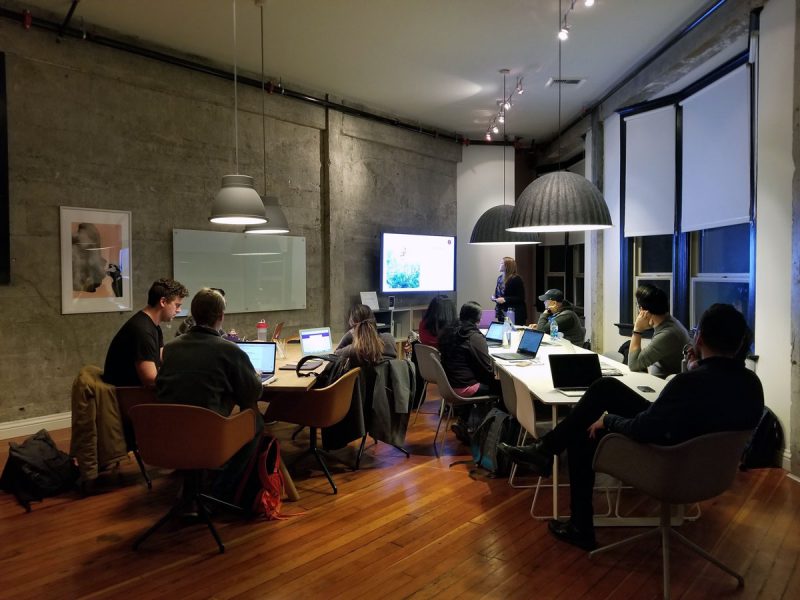How the COVID-19 Crisis Will Continue to Affect Retail Supply Chain Thinking
Blue Yonder is committed to helping its customers face the unexpected. To provide insights into the COVID-19 coronavirus pandemic and its impact on supply chains around the world, we are delivering a blog series to help anyone looking for support and advice. Our experts, who have spent years in the supply chain industry, share their insights.
Exaggerated remarks have been a theme over the last few years. Things like “unprecedented market growth,” “lowest-ever unemployment,” biggest-ever this, fastest-ever that, etc. And although some of these remarks are truly firsts, the vast majority are hyperboles.
Supply chain management professionals have seen a lot over our careers. Most of today’s senior supply chain executives were born in the 1960s and 1970s. We cut our teeth in the relative boom years of the 1980s and 1990s. When the dotcom bubble burst in the early 2000s, that was much more a Silicon Valley and Wall Street issue than it was for us.
The housing bubble pop and the subsequent recession in 2008/2009 caused a demand-side slowdown that was novel for most folks, but retail spending only slowed by about 10% and unemployment topped out around 8.5%. From a retail supply chain management perspective, it was a matter of understanding which throttles to slow down and when to speed things back up as the recovery took hold.
Today’s COVID-19 pandemic is a whole new territory – a truly unprecedented ‘perfect storm’ where three macro forces are coming together to completely up-end retail supply chain thinking:
- The first macro force is a backdrop — the decades-long trend toward eCommerce. This trend has had retail supply chain executives searching for the right balance of inventory and service commitments, with an eye toward just-in-time delivery models and tight inventory positions.
- The next macro force is the annual Chinese New Year celebration. This annual event causes a supply-side disruption. Anyone that has done supply chain for a while knows that Chinese manufacturing slows down around January as workers go off to visit families in honor of the annual celebration. This year, though, the typical ramp up and refill of supply chains didn’t happen as factories remained idle due to a massive lockdown in several manufacturing hubs because of the outbreak of COVID-19. Compared to a typical year-over-year (YOY) growth of 1.5% to 2%, January/February 2020 YOY output was DOWN 13.5%, with textiles taking a significant hit, down more than 27% over the same period in 2019.
- This is then followed by the extreme demand-side disruption that we are experiencing—the last macro force. Numbers change by the day, but at the time of this writing, retail store hour reductions and closures have affected virtually every retail chain. Current projections are that this will get worse before it gets better.
As many of you know, to survive in the world of supply chain, you have to be an optimist, which I am at heart. This too shall pass, and we will likely be stronger on the other side. There is some value to looking at how our supply chain thinking will fundamentally change in the months to come:
- Multi-sourcing will increase with a tilt to on-shoring where possible.
- When we look back and quantify the impact of this crisis, we will be able to tease apart the actual value lost due to single sourcing in China, which will allow products on the margin to now make sense for some form of multi-source and/or on-shoring.
- Increases in Safety Stocks for the foreseeable future.
- Interest rates are likely to remain low for multiple years, and companies know they need to service their customers once a new version of ‘normal’ takes hold. There will be a leaning towards carrying more inventory at multiple nodes in the supply chain for at least the next year.
- Online Services and Supply Chain Visibility efforts will be heavily prioritized.
- It is safe to predict that companies that started this crisis in a rocky financial position, without a solid online offering and/or with poor visibility into their supply chains, will suffer the most and some may not make it through this crisis. For those that make it, the massive shift to online fulfillment will have exposed all the ugly rocks and lack of visibility in their processes. This will become a focus area in the back half of 2020 and into 2021.
- AI/ML will finally find a home in Retail.
- Early indications are that companies that had invested in artificial intelligence (AI)-enabled planning suites can better predict demand surges and react accordingly. Coming out of this crisis, we will look back and again quantify the true value added by these investments, which will quickly propel them to the top of most supply chain leaders’ lists of priorities.
And lastly, supply chain executives that come through this will be armed with experience and a sense of toughness that only a crisis like this can instill. As a U.S. military veteran, I see leaders across the supply chain community responding in ways that remind me of people facing combat. It will be a tough battle, but if we stay strong, we will get through this.

